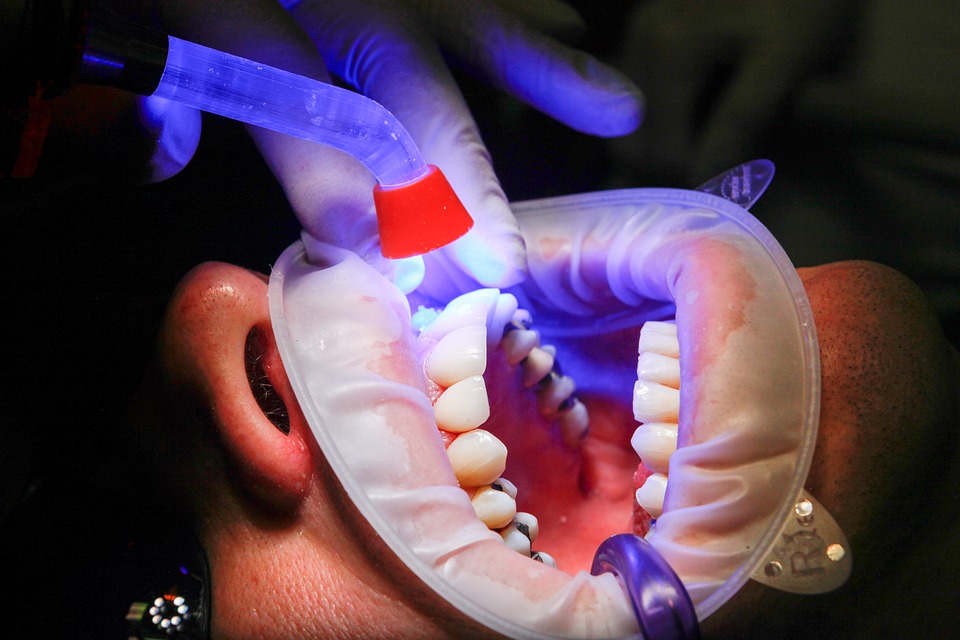Root canals are essential dental procedures designed to save teeth that are severely decayed or infected. However, identifying when a root canal is necessary can be challenging without a professional diagnosis. Understanding the symptoms that indicate the need for a root canal can help you seek timely treatment, alleviating pain and preventing further complications. This comprehensive guide outlines the key signs that you might need a root canal.
1. Persistent Tooth Pain
Continuous Pain
One of the most common signs that you may need a root canal is persistent tooth pain. This pain can be constant or intermittent, but it typically does not go away on its own. If you experience continuous pain, especially when chewing or applying pressure to the affected tooth, it might indicate an infection or inflammation in the pulp of the tooth.
Pain That Wakes You Up
Pain that wakes you up at night or disrupts your daily activities is particularly concerning. This level of discomfort often signals that the nerve within the tooth is severely damaged or infected, necessitating a root canal to alleviate the pain and save the tooth.
2. Sensitivity to Hot and Cold
Prolonged Sensitivity
While it is normal to experience some sensitivity to hot and cold foods or drinks, prolonged sensitivity can be a sign of deeper issues. If you notice that your tooth remains sensitive long after the stimulus is removed, it could indicate that the nerve or pulp is damaged.
Sharp, Intense Sensitivity
A sharp, intense sensitivity that lingers for a prolonged period may suggest that the pulp inside the tooth is inflamed or infected. This type of sensitivity often requires a root canal to resolve the underlying problem and prevent further damage.
3. Tooth Discoloration
Darkening of the Tooth
A tooth that becomes discolored, particularly if it darkens to a grey or black hue, can indicate pulp damage. This discoloration occurs because the dying pulp tissue can leach into the porous dentin of the tooth, causing it to darken.
Gradual Color Change
While tooth discoloration can result from various factors, a gradual color change in a single tooth is often a sign of internal damage. If you notice such changes, it is essential to consult your dentist to determine the cause and appropriate treatment.
4. Swelling and Tenderness in the Gums
Swollen Gums
Swelling in the gums around a specific tooth can indicate an underlying infection. This swelling may be accompanied by tenderness or pain and can appear as a persistent pimple on the gum, known as a dental abscess.
Tender Gums
Gums that are tender to the touch, particularly around a specific tooth, can suggest that the infection has spread to the surrounding tissues. This tenderness often requires immediate dental attention to prevent further complications.
5. Pimples on the Gums
Gum Boil or Abscess
A small pimple-like bump on the gum, also known as a fistula, is a clear sign of infection. This bump is usually a drainage point for pus, indicating that the tooth’s pulp is infected. A root canal is often necessary to remove the infection and allow the tooth to heal properly.
6. Severe Decay or Damage
Deep Cavities
Teeth with deep cavities that reach the pulp often require root canal treatment. The decay can lead to infection and inflammation of the pulp, causing significant pain and risking the loss of the tooth if not treated promptly.
Cracked or Chipped Teeth
A cracked or chipped tooth can expose the pulp to bacteria, leading to infection. If the damage extends to the pulp, a root canal may be needed to remove the infected tissue and restore the tooth’s integrity.
7. Prolonged Toothache After Dental Work
Persistent Pain Post-Filling or Crown
It is normal to experience some discomfort after dental procedures like fillings or crowns. However, if the pain persists for an extended period, it could indicate that the treatment has irritated the pulp or that there is an underlying issue that needs to be addressed with a root canal.
8. Loose Tooth
Mobility in a Single Tooth
A loose tooth in the absence of trauma can be a sign of advanced pulp infection. The infection can weaken the bone and tissues supporting the tooth, causing it to become loose. In such cases, a root canal may be necessary to eliminate the infection and stabilize the tooth.
9. Bad Taste or Smell
Persistent Bad Taste or Odor
A persistent bad taste in your mouth or a foul odor that does not go away with brushing and flossing can indicate an infection in the tooth’s pulp. This symptom often accompanies other signs like pain and swelling and usually requires a root canal to resolve.
10. Swollen Jaw or Neck
Extended Swelling
Swelling that extends beyond the immediate area of the affected tooth to the jaw or neck can indicate a severe infection that needs urgent attention. This swelling can be painful and may require a root canal to treat the source of the infection and prevent it from spreading further.
Conclusion
Recognizing the signs that you might need a root canal is crucial for seeking timely dental care. Persistent pain, prolonged sensitivity, tooth discoloration, swollen and tender gums, pimples on the gums, severe decay or damage, prolonged toothache after dental work, loose teeth, persistent bad taste or odor, and swelling in the jaw or neck are all indicators that a root canal may be necessary. If you experience any of these symptoms, it is essential to consult your dentist promptly to diagnose the issue and discuss the appropriate treatment options. Early intervention can save your tooth, alleviate pain, and prevent further complications, ensuring your dental health is maintained.



